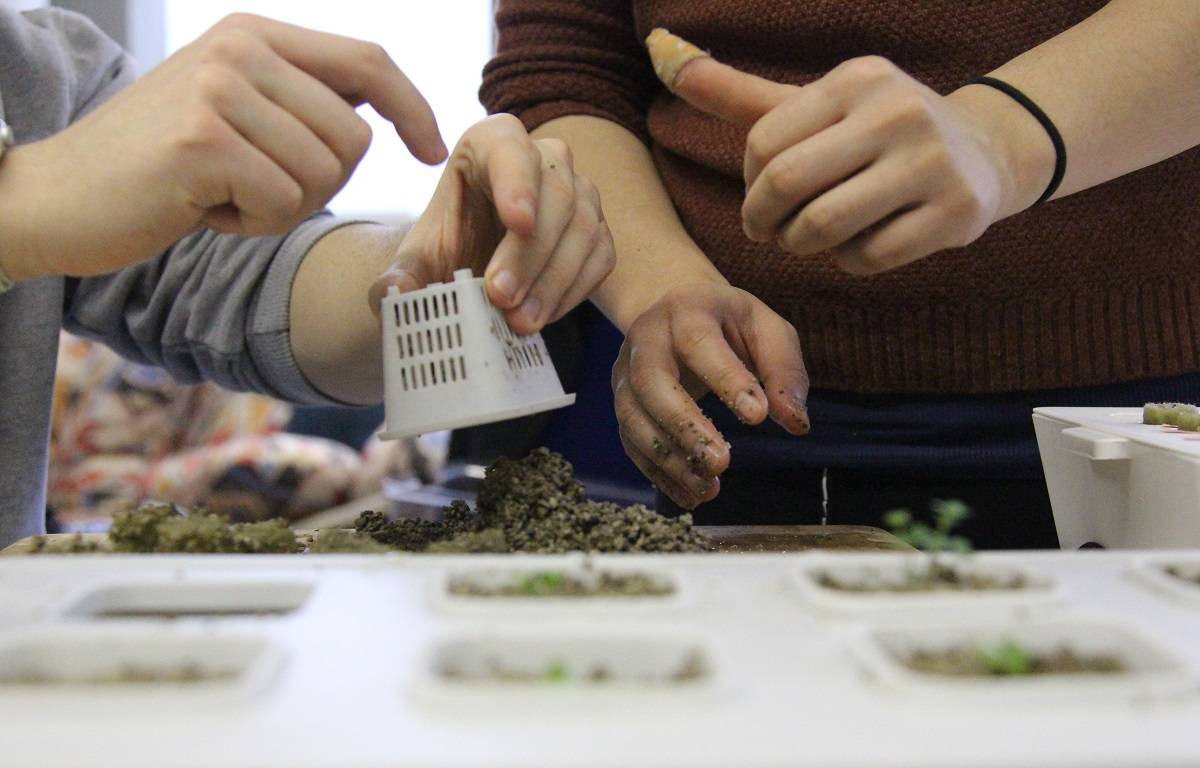
Soilless cultivation has been gaining popularity over the years. The cultivation of crops on soil is a primitive approach that mankind has been following. But lately, with experimentation and technological advancements, the requirement of a soil medium has proven to be unnecessary. This has led to experiments with air and water mediums- introducing nutrients within them and then fostering plant growth.
And, as you might have guessed - hydroponics is the growing of crops in a water-based medium. Hydroponics, if defined accurately, is growing crops in a soil-less medium. It utilizes some other physical substrate to support the plant roots, exposing the seeds to a nutrient-rich medium. And, with the growing demands, it makes sense to utilize alternative farming methods. This is true for India as well.
When we look at some of the most recent examples, we have Indoor Farm, Guwahati. With a capacity of more than 13,000 plants, Indoor Farm Guwahati is currently the biggest indoor farm in the area.
Sustainable agriculture is becoming more and more popular, for instance the vertical hydroponic farm at Indoor Farm Guwahati. This farm is able to produce high-quality vegetables with a minimal environmental impact by utilizing cutting-edge hydroponic technology, renewable energy sources, and precise growing conditions. In order to fulfill the rising need for food in a changing climate, this farm is a model for the future of agriculture and is certain to motivate other farmers to embrace sustainable practices.
The Indoor Farm Guwahati now grows a wide range of crops, including leafy greens, herbs, and vegetables, using cutting-edge hydroponic technology. In order to produce more plants in a small area, a farm uses a vertical growing technique that enables plants to be grown in many layers. By utilizing less water and energy than conventional farming techniques, this vertical approach also lowers the farm's carbon footprint.
Recently, in collaboration with the Indian Institute of Horticultural Research (IIHR), the Indian Institute of Information Technology Bangalore (IIITB) has launched a one-of-a-kind greenhouse with automated systems, in order to utilize precision agriculture alongside vertical farming.
The Internet of Things (IoT) is being used to build the data sensing system for the AutoGrow project. The Internet of Things sensors buried in the soil will identify the crops' nutritional and water requirements. As the sensors are also placed inside the tanks or containers, the AI/ML models will provide water and fertilizers accordingly.
With the advancements in hydroponics and precision agriculture, we are witnessing a transformative shift in how we grow food. The convergence of technology and agriculture paves the way for a more sustainable and resilient future. By adopting these innovative approaches, farmers can produce larger quantities of nutritious crops in smaller areas, mitigating the pressures of food security and environmental degradation.
















